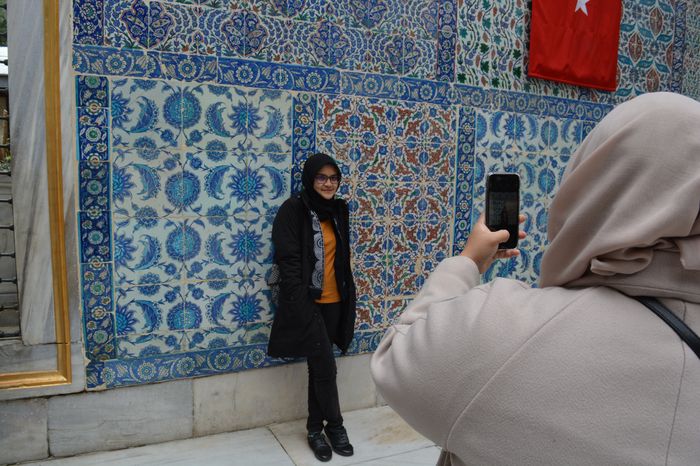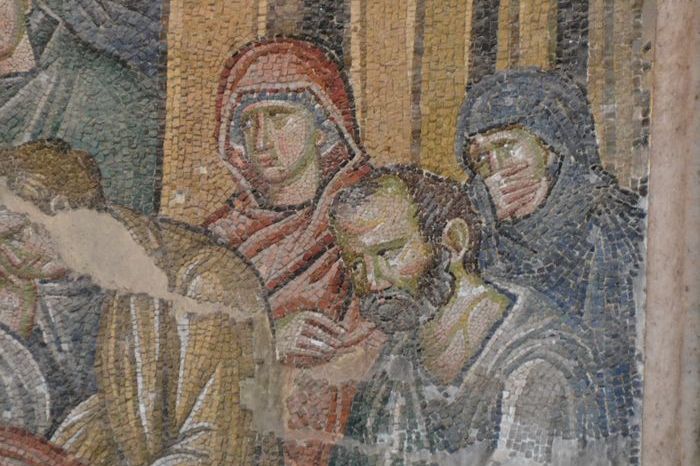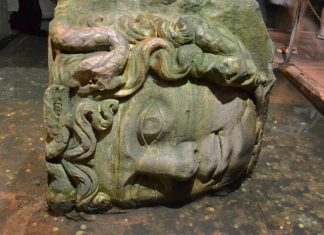Of the siege machines, the ballista, the onager and the catapulta the three most commonly used worked in much the same way. For a propulsive force, each utilized thick strands of cord twisted by means of windlasses until they exerted a powerful strain upon a wooden arm which, in turn, carried the projectile and, at the moment of release, flung it into the air.
The onager named for the wild ass because of its kick when discharged had only a single skein of rope activating the beam. When in use, the rope was first twisted by means of winches and gears, after which the beam was pulled down against it and the projectile attached before being released. Being mounted on wheels, the onager could be moved about fairly rapidly, and it was a favorite weapon for harrying troops.
The ballista, on the other hand, was a considerably larger machine, capable of heaving a stone roughly a third of a man’s weight for a distance of as much as five hundred paces. And the catapulta, a device that used two tightly twisted ropes attached to wooden arms to drive a tough cord like a bowstring and project a heavy arrow or spear for roughly the same distance, could achieve enough force to penetrate even the heaviest armor.
Emperor Diocletian’s headquarters
The main Roman camp was established well behind the encircling fortification. It was in the customary form of a square, with streets crossing at right angles in the center where Emperor Diocletian’s headquarters was located. No matter where such camps were formed, the pattern was always the same, not only in the arrangements to shelter the soldiers, but also in the location of supply tents, the headquarters of the various units and the like. Thus, in case of a sudden attack by night, a legionnaire could rise from his sleep and, almost without opening his eyes, locate his weapons and quickly reach his place in formation.
Slogging through the mud before Alexandria, Constantine’s spirits were not particularly cheered by news that Maximian had reconquered the rebellious province of Mauritania far to the west in a lightning campaign launched from Italy against the African coast. Or that Maxentius, acting as his father’s agent, was reported to have put much of the rebellious province to the torch, including a large part of Carthage. In doing so the excadet earned himself a reputation of reckless daring and cold cruelty for which the Roman Senate had honored him with a triumph upon his return to that city, where he was his father’s secondincommand, as well as Commander of the famed Praetorian Guard.
Read More about No more killing on pain of punishment







